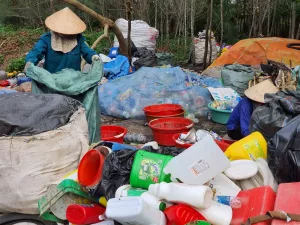Stockholm Water Front No 4 2013
Water scarcity will affect an increasing number of people in the coming decades. Global water demand is expected to increase by 55 per cent by 2050, due to growing demands from the manufacturing industry, electricity generation and households.

Today, our arsenal lacks some essential tools for handling water scarcity. We need to consider new tools as well as develop existing ones. In this issue of Water Front, we look at two different ways of meeting the water scarcity challenge. One is water pricing. To manage the rise in demand for water and to increase water productivity, incentives for using water more efficiently will be necessary. Water pricing is increasingly seen as a necessary tool.
SIWI’s Mr. Jens Berggren sets the scene by describing the intricacies of potential water pricing – how does one price one of our most elusive resources? The issue is immensely complicated, but necessary to tackle. We will continue to cover water pricing, both in the Water Front and at SIWI.

Water scarcity will also pose a major challenge to businesses, large and small, in the future. While it may have been treated with less attention in the past, the water crises in different countries are now firmly placed on the radars of corporate leaders as a potential threat to operations. Our guest contributor Mr. Stuart Orr from WWF tells us more about the status of water stewardship.
In connection with the theme for the 2014 World Water Week – Energy and Water – we will cover more aspects of mitigating the global water crisis.



